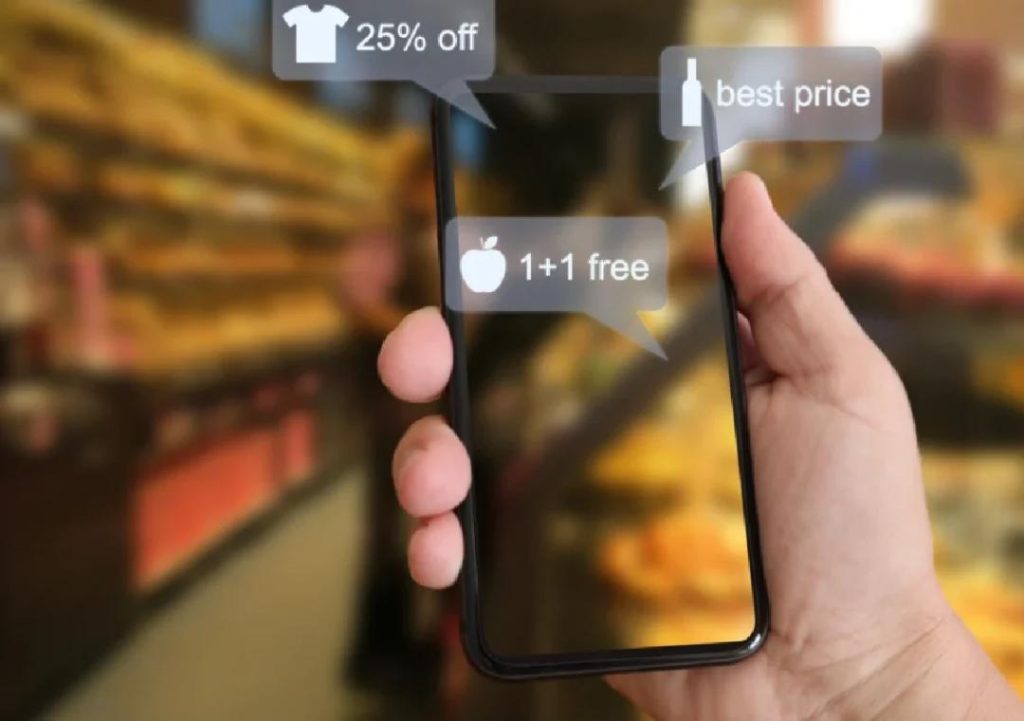
What Trends are Powering Digital Commerce Today?
Digital commerce has undergone a significant transformation in recent years, driven by advancements in technology and shifting consumer behavior. Today, online shopping is more than just browsing and purchasing; it’s a seamless, personalized, and engaging experience that meets customers’ evolving needs and preferences. In this post, we’ll explore the key trends powering digital commerce and how they’re reshaping the way consumers discover products and complete purchases online.
1. Voice Shopping
The rise of voice assistants like Amazon Alexa, Google Assistant, and Apple Siri has given birth to voice shopping. This trend allows customers to shop using voice commands, making it easier to search, compare, and purchase products while on-the-go. According to a report by OC&C Strategy Consultants, voice commerce is expected to reach $40 billion in the United States by 2022. To stay ahead of the curve, e-commerce businesses must optimize their websites and product catalogs for voice search, ensuring seamless integration with voice assistants.
2. Shoppable Videos
Shoppable videos have become a staple in digital commerce, enabling customers to purchase products directly from video content. This trend is particularly effective for fashion, beauty, and lifestyle brands, as it allows them to showcase products in action and provide a more immersive shopping experience. According to a study by EMarketer, 70% of millennial shoppers are more likely to engage with brands that offer shoppable content. To capitalize on this trend, e-commerce businesses should invest in high-quality video production and integrate shoppable links into their video content.
3. Social Checkout
Social media has become an essential channel for e-commerce, with platforms like Facebook, Instagram, and Pinterest offering seamless checkout options. Social checkout enables customers to purchase products directly from social media platforms, reducing friction and increasing conversions. According to a report by Statista, 54% of online shoppers prefer to shop on social media, and 64% of them use social media to research products before making a purchase. To leverage social checkout, e-commerce businesses should optimize their social media profiles, use high-quality product images, and integrate social media checkout buttons into their websites.
4. AI-Powered Personalization
Personalization has been a crucial aspect of digital commerce for years, but AI-powered personalization has taken it to the next level. AI algorithms analyze customer behavior, preferences, and purchase history to provide tailored product recommendations, offers, and content. According to a study by Accenture, 75% of consumers are more likely to buy from a retailer that offers personalized experiences. To implement AI-powered personalization, e-commerce businesses should invest in machine learning algorithms, collect and analyze customer data, and use data analytics tools to optimize their marketing strategies.
5. Micro-Moments
Micro-moments are brief, intent-driven moments when customers search for products, compare prices, or read reviews. These moments are crucial in the buying process, as they often determine whether customers convert or abandon their purchases. To capitalize on micro-moments, e-commerce businesses should optimize their websites for mobile devices, provide high-quality product information, and use search engine optimization (SEO) techniques to improve visibility.
6. Interactive Content
Interactive content has become a key differentiator in digital commerce, enabling customers to engage with products in innovative ways. Examples of interactive content include quizzes, polls, and gamification elements. According to a study by HubSpot, 68% of customers prefer interactive content, and it can increase engagement rates by up to 300%. To create interactive content, e-commerce businesses should invest in content creation tools, use humor and creativity, and integrate interactive elements into their marketing campaigns.
7. Flexible Payment Methods
Flexible payment methods have become essential in digital commerce, as they provide customers with more options to complete purchases. Examples of flexible payment methods include buy now, pay later options, installment plans, and cryptocurrency payments. According to a report by Mastercard, 70% of customers prefer flexible payment options, and they can increase conversions by up to 20%. To offer flexible payment methods, e-commerce businesses should partner with payment providers, integrate multiple payment options into their websites, and ensure secure payment processing.
Conclusion
Digital commerce is evolving rapidly, driven by advancements in technology and shifting consumer behavior. To stay ahead of the curve, e-commerce businesses must invest in trends like voice shopping, shoppable videos, social checkout, AI-powered personalization, micro-moments, interactive content, and flexible payment methods. By leveraging these trends, businesses can simplify the buying process, increase conversions, and provide customers with a seamless and engaging experience.
Source:
https://www.growthjockey.com/blogs/trends-in-digital-commerce






